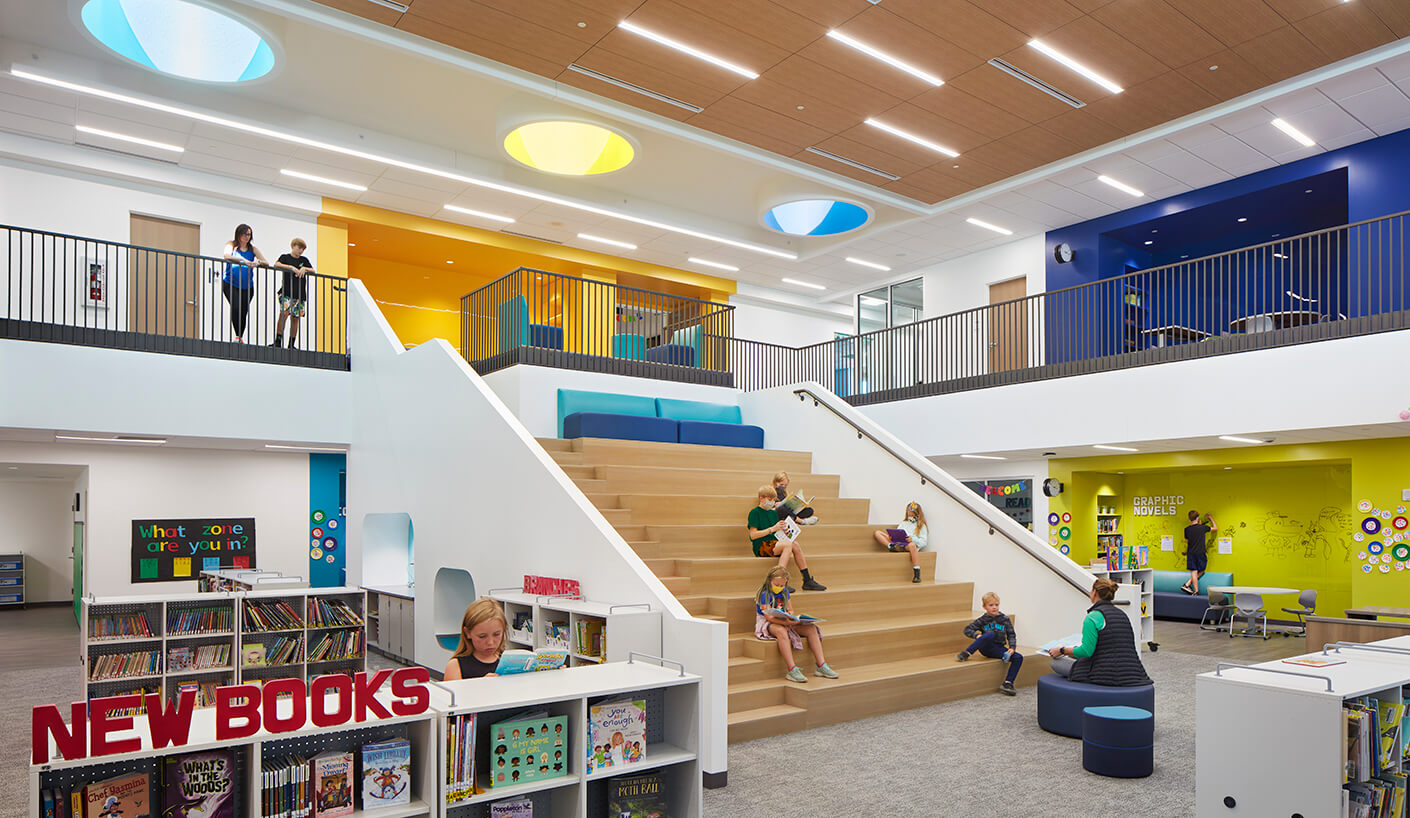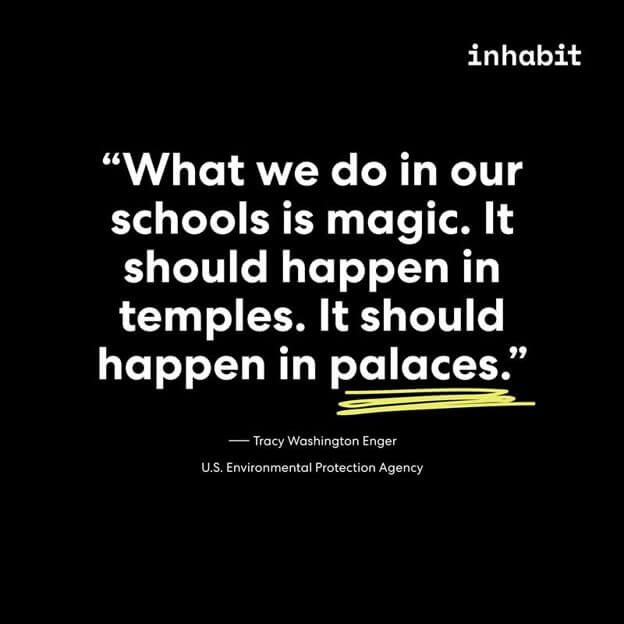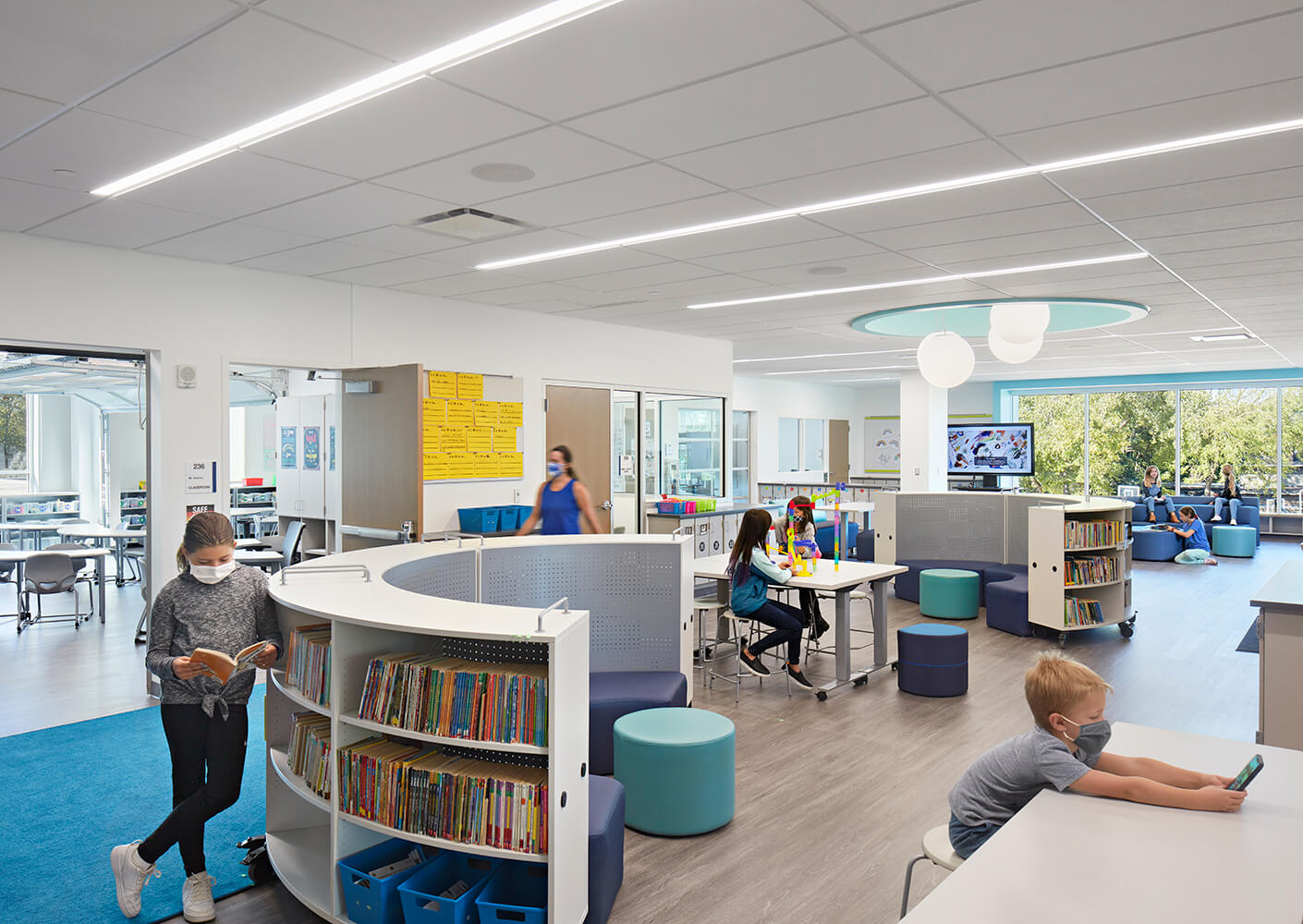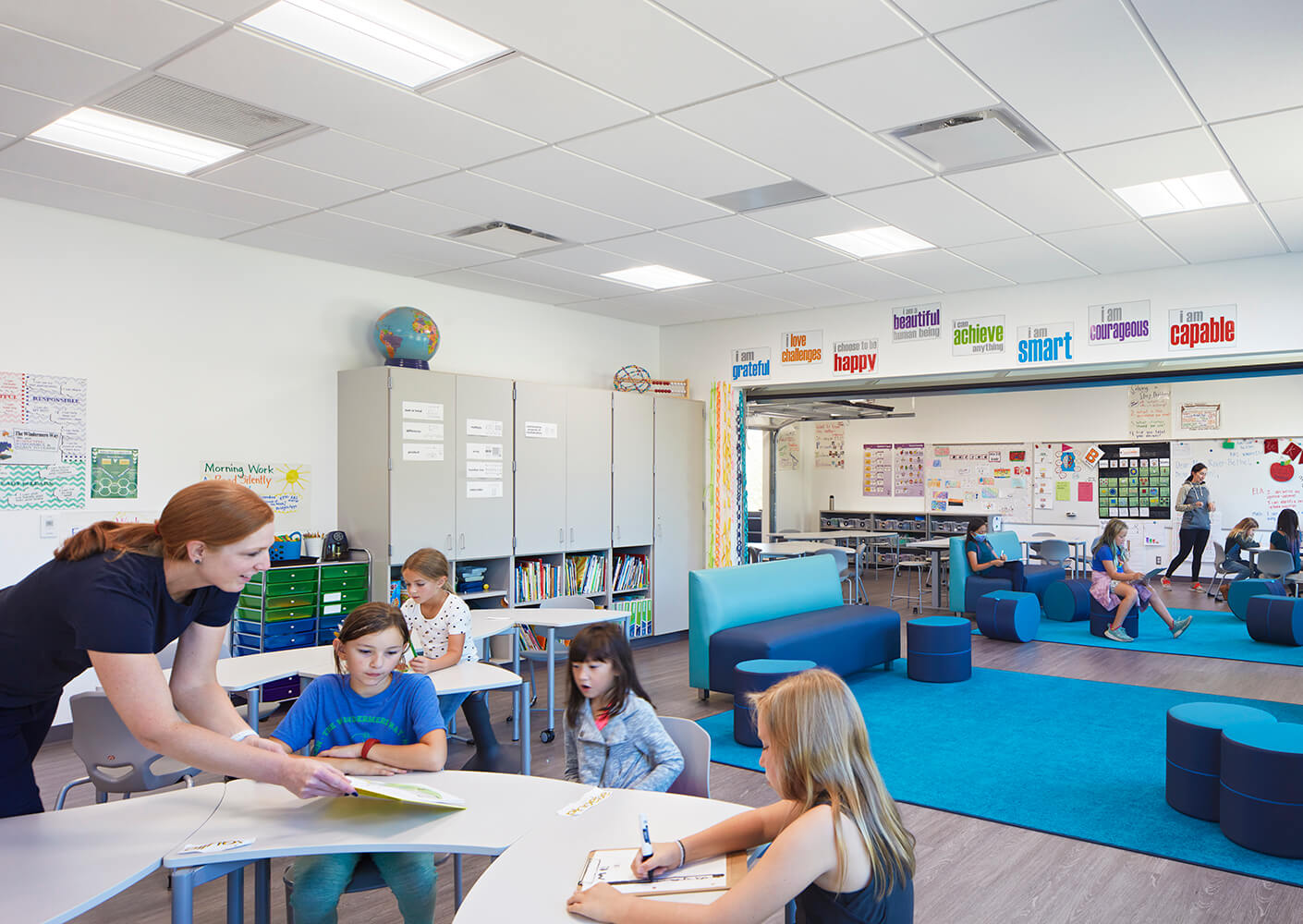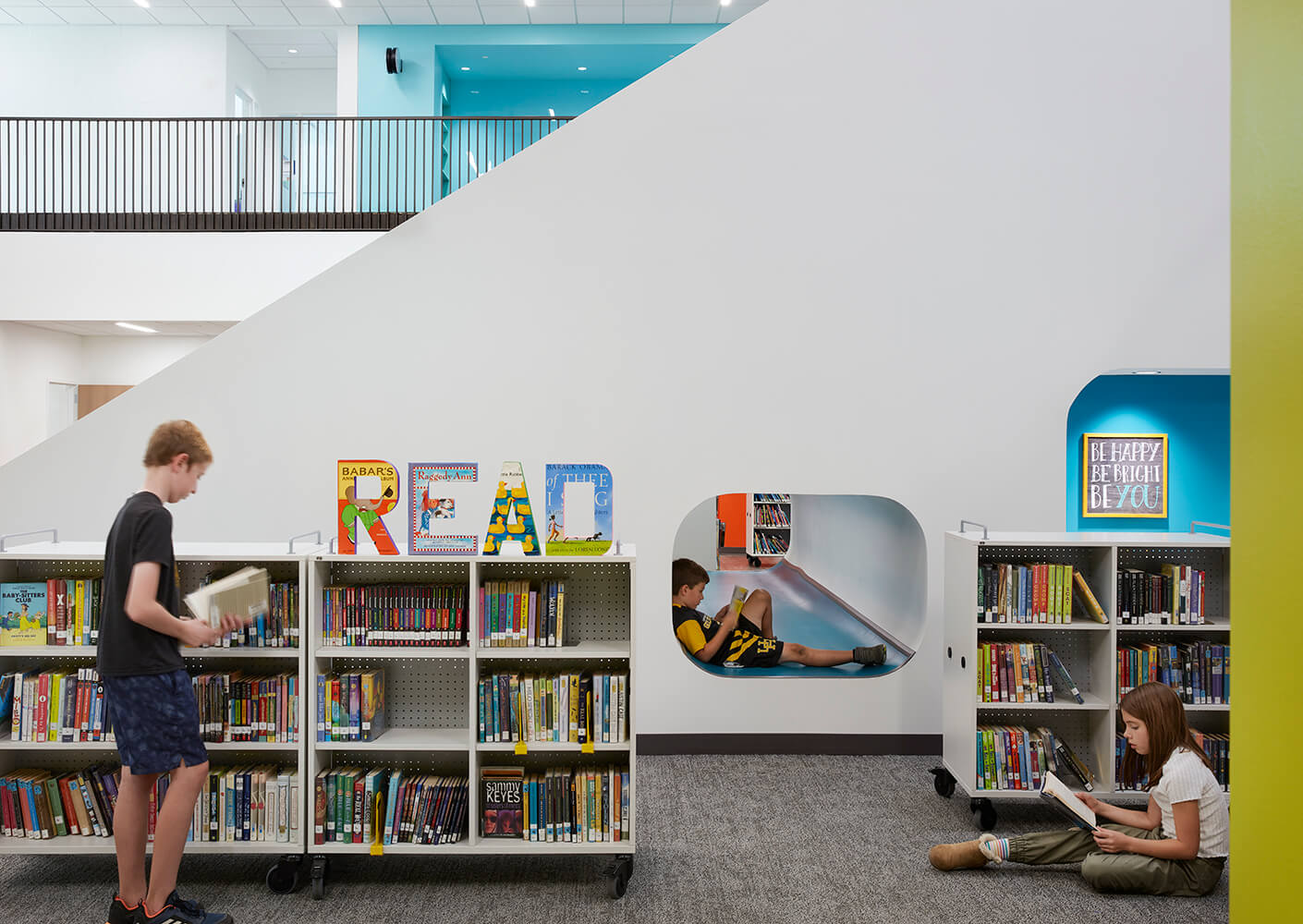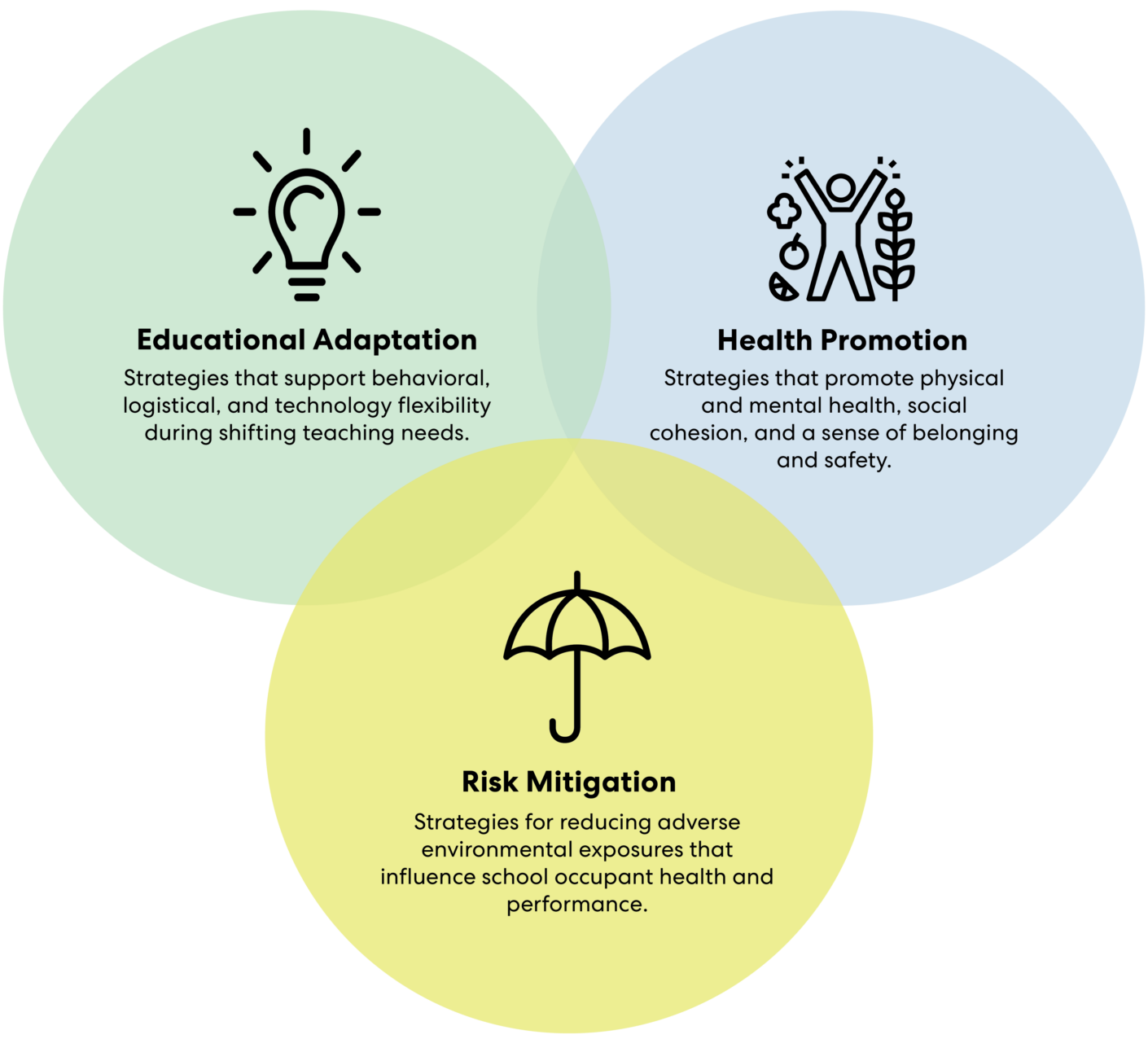By Dr. Erika Eitland, Director of our Human Experience Lab, and Rachael Dumas, Research Knowledge Manager, Senior Associate
$17 Trillion. According to the United Nations, in December 2021, this was the total estimated loss in lifelong earnings for students experiencing school closures during the pandemic. A financial loss equivalent to the gross domestic product (GDP) of China and Japan combined. Impactful on its own, this statistic does not include the loss of earnings and productivity for adults who had to miss work or leave the workforce completely to take care of sick children or shepherd them through remote learning.
The challenges incurred during the pandemic made decades of statistics and governmental reports personal. The simple fact is our schools are sick and their deteriorating infrastructure is not only a public health crisis, but an economic one as well.
